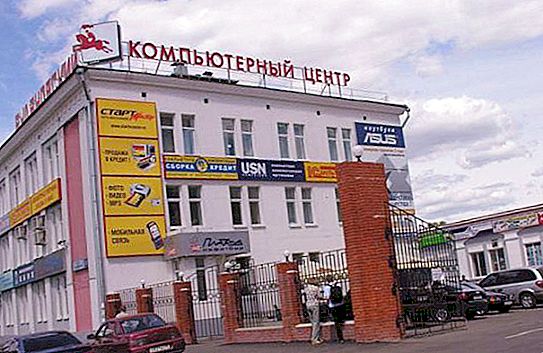Political participation is a rather complex and substantial category. It implies, first of all, the activity or inactivity of an individual or collective in society.
Political participation in the general sense is a group or private action, aimed at influencing the government, no matter what level it is. At the present stage, this phenomenon is considered as complex and multidimensional. It includes a large number of techniques that help to influence the government. The participation of citizens in political life, the degree of activity depend on factors of a social, psychological, cultural, historical, economic and other nature. An individual realizes it when he enters into formal, ordered relations with different groups or with other people.
Political participation is of three types:
- unconscious (unfree), that is, one based on coercion, on custom, or on spontaneous action;
- conscious, but also not free, when a person is compelled to consciously follow some rules and regulations;
- conscious and at the same time free, that is, the individual is able to make a choice on his own, thereby expanding the limits of his own capabilities in the world of politics.
Sydney Verba and Gabriel Almond created their theoretical model of political culture. They call the political participation of the first type parocial, that is, one that is limited by elementary interests; the second type is subjective, and the third is participatory. Also, these scientists have identified transitional forms of activity that combine the features of two bordering types.
Political participation and its forms are constantly evolving. Its old forms are improved and new ones appear in the course of any socio-historical process of importance. This is especially true for transitional moments, for example, to a republic from a monarchy, to a multiparty system from the absence of such organizations, to independence from the position of the colony, to democracy from authoritarianism, etc. In the 18-19 centuries, against the backdrop of general modernization, there was an expansion of political participation by various groups and categories of the population.
Since the activity of people is determined by many factors, then a single classification of its forms does not exist. One of them suggests considering political participation according to the following indicators:
- legitimate (elections, petitions, demonstrations and rallies agreed upon with the authorities) and illegitimate (terrorism, coup, insurrection or other forms of disobedience of citizens);
- institutionalized (participation in the work of the party, voting) and non-institutionalized (groups that have political goals and are not recognized by law, mass unrest);
- having a local character and nationwide.
Typologization may have other options. But in any case, it must meet the following criteria:
- political participation should be manifested in the form of a specific act, and not just at the level of emotions;
- it should be voluntary (with the exception of military service, payment of taxes or a holiday demonstration under totalitarianism);
- also it should end with a real choice, that is, be not fictitious, but real.
Some scholars, including Lipset and Huntington, believe that the type of participation is directly influenced by the type of political regime. For example, in a democratic system, it occurs voluntarily and autonomously. And under a totalitarian regime, political participation is mobilized, forced, when the masses are attracted only symbolically, to imitate the support of the authorities. Some forms of activity can even distort the psychology of groups and individuals. Vivid evidence of this is fascism and varieties of totalitarianism.





